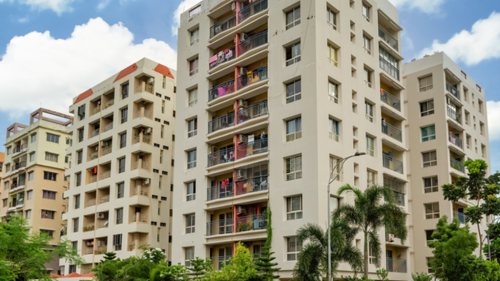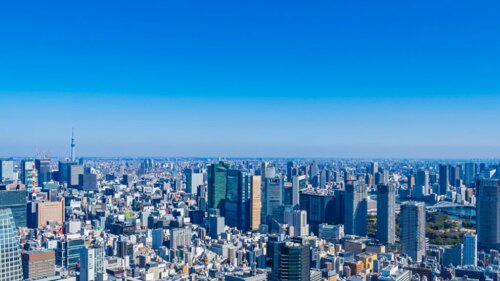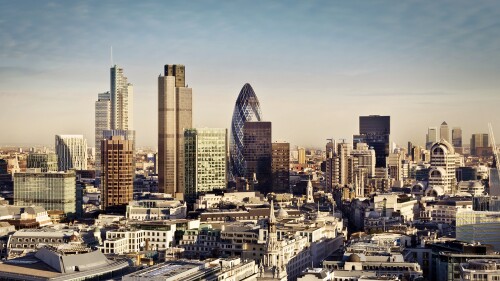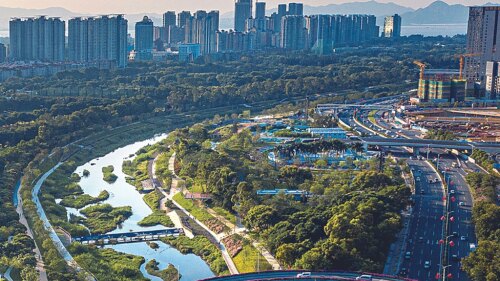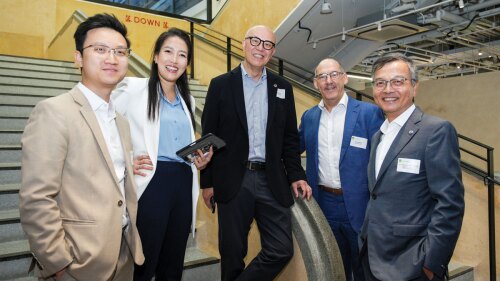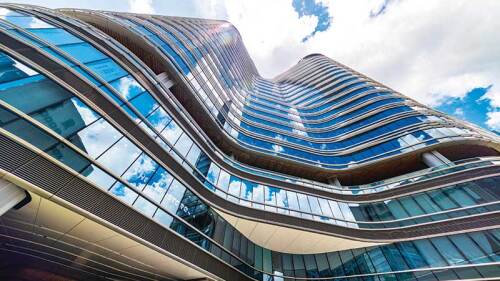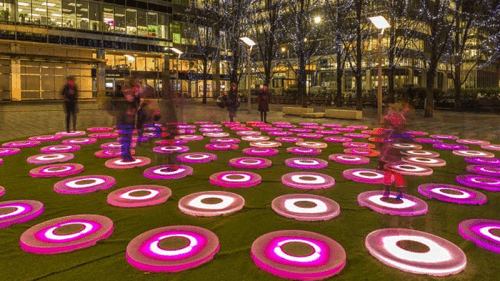Hong Kong
With investors across the Asia Pacific continuing to avoid mainstream asset classes as they seek out higher returns and more reliable income streams, attention has turned increasingly to “living assets”—a broadly defined concept that includes the multifamily, senior living, and student housing sectors.
The 2024 Asia Pacific Home Attainability Index by ULI offers a comprehensive overview of housing attainability across the Asia Pacific region. In this third edition, the report includes data from three additional cities—Bangkok, Kuala Lumpur, and Perth—expanding its coverage to 48 cities in 11 countries, namely, Australia, China (including Hong Kong SAR), India, Indonesia, Japan, Malaysia, Singapore, South Korea, the Philippines, Thailand, and Vietnam.
Despite the monetary headwinds and continued economic uncertainty around the world, there is a strong belief that the global real estate industry is at a “pivot point,” with improving prospects ahead for renewed investment activity, according to the latest Emerging Trends in Real Estate® Global Outlook 2024 from PwC and the Urban Land Institute.
The Dasha River Ecological Corridor focuses on the ecological restoration project in the Nanshan district of Shenzhen, China. The project, led by China Resources Land and master planned by AECOM, aims to restore the watercourse that connects the coastal Nanshan district to the northern mountainous area of the city.
ULI Asia Pacific report builds the business case.
With the Asia Pacific region comprising 4.3 billion people and many of the world’s biggest cities, the sheer scale of the sustainability challenge there is daunting. However, asset owners are increasingly using more sustainable designs and technologies to boost the performance of their assets.
As the real estate industry focuses increasingly on the mantra of carbon efficiency, owners and occupiers are scrambling to find ways to reduce carbon footprints. A recent ULI conference in Hong Kong brought together experts across a range of disciplines to discuss the migration to net zero for both new and retrofitted buildings.
ULI is excited to announce the launch of Art in Place, a global cohort of the Institute’s National and District Councils working independently and together to connect artists, developers, and community voices. The program is the next step in ULI’s ongoing commitment to creative placemaking focused on the integration of art, culture, and creativity as levers of community revitalization.
Two of Asia’s leading entrepreneurs gave real estate investors a glimpse into the worlds of Web 3.0 and deep tech at the ULI Asia Pacific Summit.
Technology and contributions from all stakeholders will be crucial if Asia’s cities are to meet their net zero targets. Earlier this year, a series of three webinars organized by ULI China Mainland covered the efforts and challenges of several cities and organizations around the world to give some focus to the efforts in Beijing, which is one of the cities in ULI’s Net Zero Imperative initiative. The discussions also focused on the Chinese capital as well as Hong Kong and Singapore.

